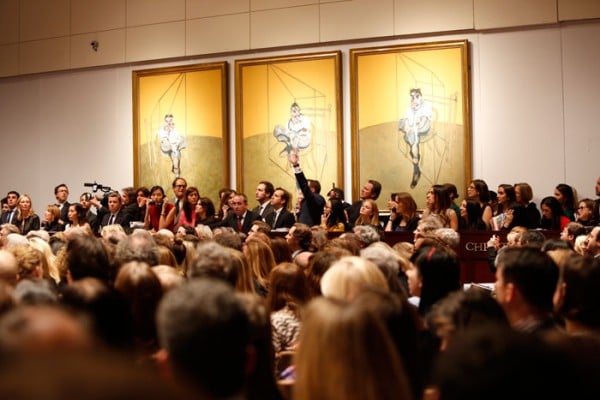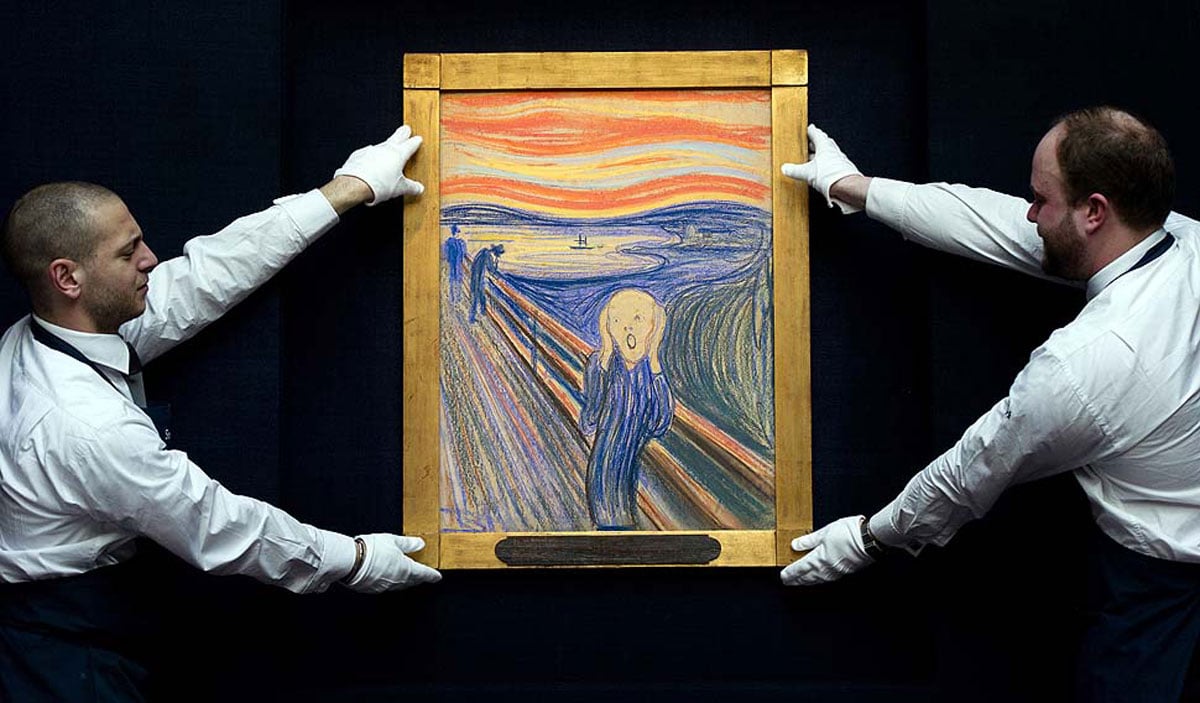Analysis
Editor’s Point of View: What Do Christie’s and Sotheby’s Sacrifice to Win Top Consignments?


Benjamin Genocchio

What factors drive decisions between the art world’s versions of Coca Cola and Pepsi? What do they sacrifice in order to win big consignments? I’m talking, of course, about Christie’s and Sotheby’s, which are increasingly on separate business tracks. Which house’s market share will zoom ahead over the next few years?
If we are to judge success by the number of trophy buyers and sellers, then it seems likely that Christie’s will win out. But if we look at the business models, the answer isn’t clear, because each power house faces challenges.
At Sotheby’s, expect a power battle over the next 18 months, with shareholders taking on the moribund leadership currently filling the chairs at the table. Sotheby’s filings are publicly available, compounding the potential for close scrutiny, with the 4th quarter earnings statement for 2013 due on February 27th.
Meanwhile, Christie’s will continue to enjoy play time in a private playground with no fences or rules. The house’s six-month and year-end reports are vague and will remain that way, since they’re private. Eventually, though, there will be a reckoning.
Much of the popular news reporting in this area has been overblown, or poorly informed, with differences stressed over similarities. Christie’s strategy of broadening its sales base is, in part, consonant with Sotheby’s focus on the top, high end. In essence, both firms are only pitching for the top end, just in different ways.
Let me explain.
Christie’s likes to say the low end brings in the big clients; actually, it’s the reverse. To attract and keep top clients, Christie’s specialists agree to take all of the lower end items those clients want to sell.

Sotheby’s employees pose for a photograph with Edvard Munch’s ” The Scream”, sold at Sotheby’s in May 2012
Imagine you own a Francis Bacon triptych worth, say, $142 million. Chances are you also have a lot of other artworks, as well as furniture, fixtures, and silver cutlery sets. You decide you want to consolidate your living situation, empty your life of undesirables that you can’t or don’t use and other family members don’t want. But there is value there and you don’t want to throw it all away. Who would say “no” to free moving, storage, and management of what is essentially a massive yard sale? You therefore prefer to do your business with an auction house that will agree to take it all, store it, and sell whatever can be sold at the day sales. And if something doesn’t sell, so what? The house will continue to store anything the best clients need stored, at no charge. All for bragging rights to sell a Francis Bacon.
Christie’s CEO Steven Murphy has said the company’s 80 collecting departments handle goods priced as low as $200. The question is why? Sources at Christie’s tell me the category of up to $25,000 is rarely profitable against the operational costs of running it. The best margins and therefore the money for the auction houses seem to be in the middle market, the $250,000 to $10 million dollar range, at least for the stellar modern and contemporary art market. In 2013, to give you an idea, Christie’s sold 731 lots for over $1 million and 137 lots for over $5 million, with both numbers up slightly from the previous year. Marquee lots get the press but are subject to intense rivalry between the two houses and therefore the seller is in a position to negotiate concessions, which ultimately eat away at profitability.
Murphy has insisted that sales of lower to mid-priced lots wind up contributing more profit than the high-end categories. This makes sense given the competitiveness of securing top end lots. There is also more volume here. But below a certain price point it defies business logic unless there is another, ulterior motive like keeping your big clients happy. Sotheby’s CEO Bill Ruprecht has been on the record several times stating that about eight years ago the house decided to give up minor estate-style auctions on the logic that a buyer who spends $5,000 on a work is never likely to move as far up the spending chain as one who spends $100,000.
If evening contemporary sales are any measure of the number of “trophy” buyers and sellers that each house attracts, then, as mentioned, Christie’s has clearly been winning out: at last spring’s New York evening contemporary sales Christie’s pulled in $495 million, compared with Sotheby’s comparable $293.6 million. The gap widened further in the fall when Christie’s pulled farther ahead with a record-shattering $691.6 million contemporary sale as compared with $380.6 million at Sotheby’s.
Christie’s has also carved new turns in Internet territory, with successful online-only sales of wine, jewelry, and Warhol Foundation works, while Sotheby’s has lagged behind in this arena and recent website revamps have failed to make the site more user-friendly or even navigable. Though it’s not as if Sotheby’s has abandoned the Internet auction model altogether, execs likely still shudder when they recall the ill-fated early Internet venture with eBay more than a decade ago that was eventually shuttered in 2003.
Bill Ruprecht has emphasized cost-cutting in some recent conference calls with the shareholders (I am told), but leaks about spending excesses for high-end clients undermine his credibility. This makes sense if his goal is indeed the more streamlined business model—eliminating low value, high volume lots from their auction format. What I don’t get is why Sotheby’s has continued to maintain its headquarters in an Upper East Side building with 400,000 square feet of offices and gallery rooms. This is prime New York real estate.
It seems to me that the allure of the media plus the glow of the social spotlight have influenced some of the recent rounds of decision making at both Christies and Sotheby’s. Let’s hear a real conversation about these giant houses, assuming that’s even possible in this rarefied arena.
Glitz and outside impressions vs. prudent stewardship and strategic planning: this is the debate that needs to begin.